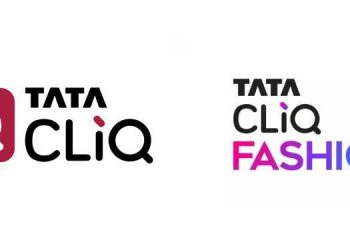“The one element within your brand’s DNA that can promote divergence from other brands is the belief of the brand. Every single thing can be copied but I feel strongly that the soul of the brand which is the belief cannot be copied,” says S.Subramanyeswar, Group CEO MullenLowe Lintas Group. CSO – APAC and Global Chair Strategy – MullenLowe Group
In his talk on ‘The future of brand building – navigating through choppy waters’ at the 31st MRSI Annual Market Research Seminar, Subramanyeswar reflected on what brands need to be today and going forward.
“As a practitioner of brand marketing, I strongly believe in a perspective, which is Brands-to-Stands: every brand needs a point of view or purpose. Since most brands do not compete exclusively with generic products or services, but they compete with millions of other brands, they compete with everything in the world. You are not only competing with other brands or categories but you are competing with other compelling experiences which are coming in and cutting into your brand. The question that arises then is how can any given brand earn advantage over others,” posed the speaker.
He then talked about Gen Y and Gen Z, whose preferences and expectations will continue to dominate for decades to come.
“They are not like earlier generations. They place greater importance on the company and brand purpose and on questioning the brand if they are practising or living that purpose.Gen Y and Z have ascended to Gen P which is Generation (P)urpose,” he said.
Across different decades, how people looked at and used brands have changed, he reasoned. If the ’60s were all about affiliation and guidance from brands, ’70s was about rebellion and negotiation, and in the ’80s were about status, noted Subramanyeswar. He added that the ’90s were about individuality and the 2000s about collaboration.
“Today it’s about what people buy into. The question they ask themselves is, ‘Is it something larger beyond the economic unit of transaction?’ And that’s what inspires. It’s no longer about ‘Give me what I want’. Now it’s about supporting the ideas they believe in and that’s what this generation is about. There are ideals that they believe in and if a brand wants to have a relationship with them, the question that they have to ask is, ‘Are they a part of the same belief system and same ideals?’ So, today’s dominant value is about Purpose and how people use brands to be part of something bigger: ‘By buying this am I part of something bigger?,” he underlined.
Feedback: [email protected]

















